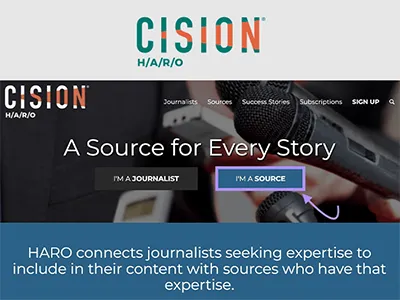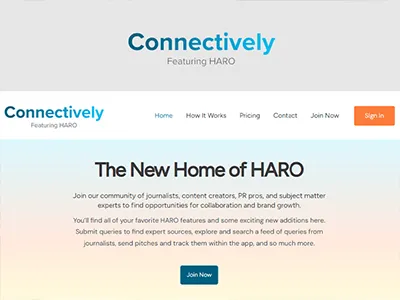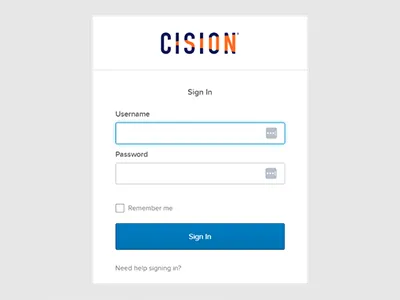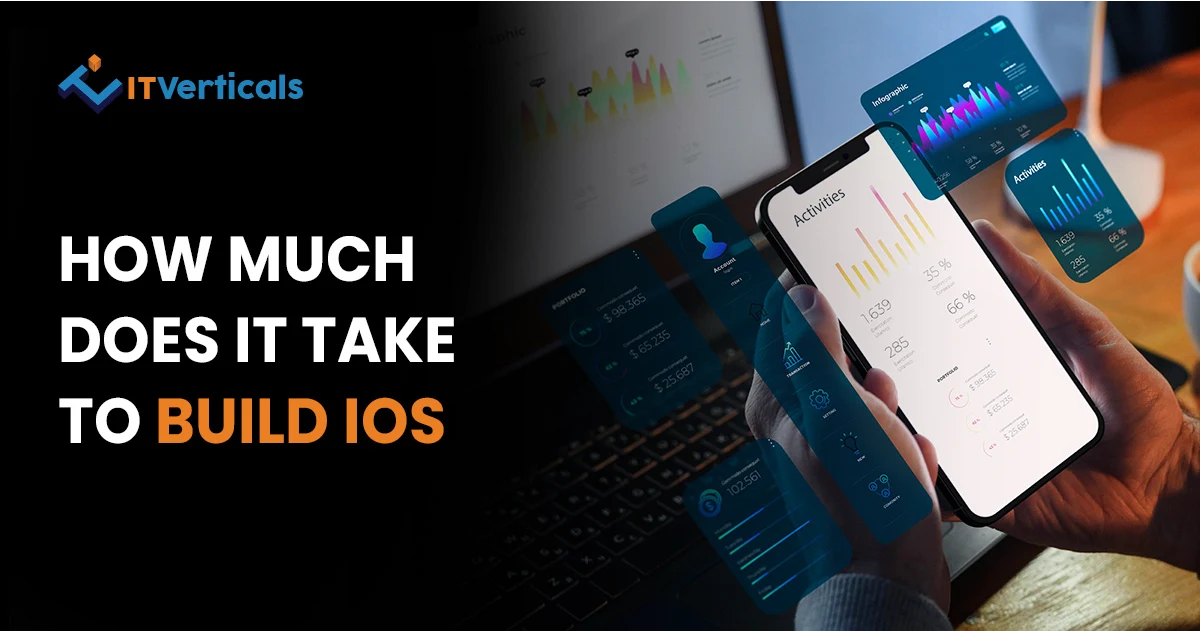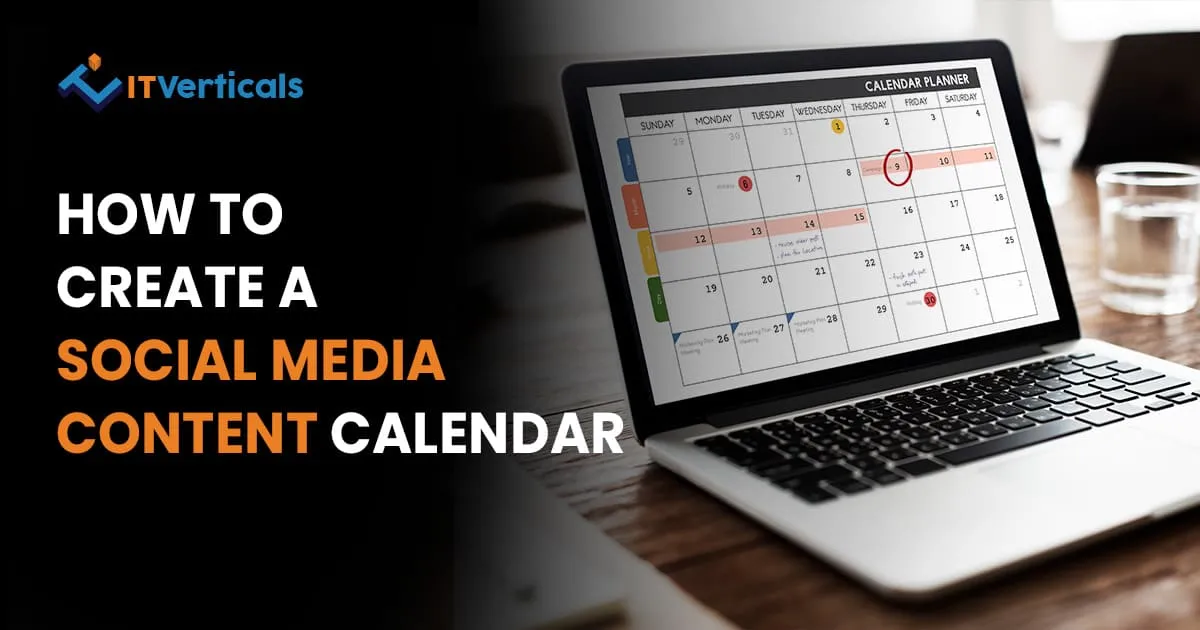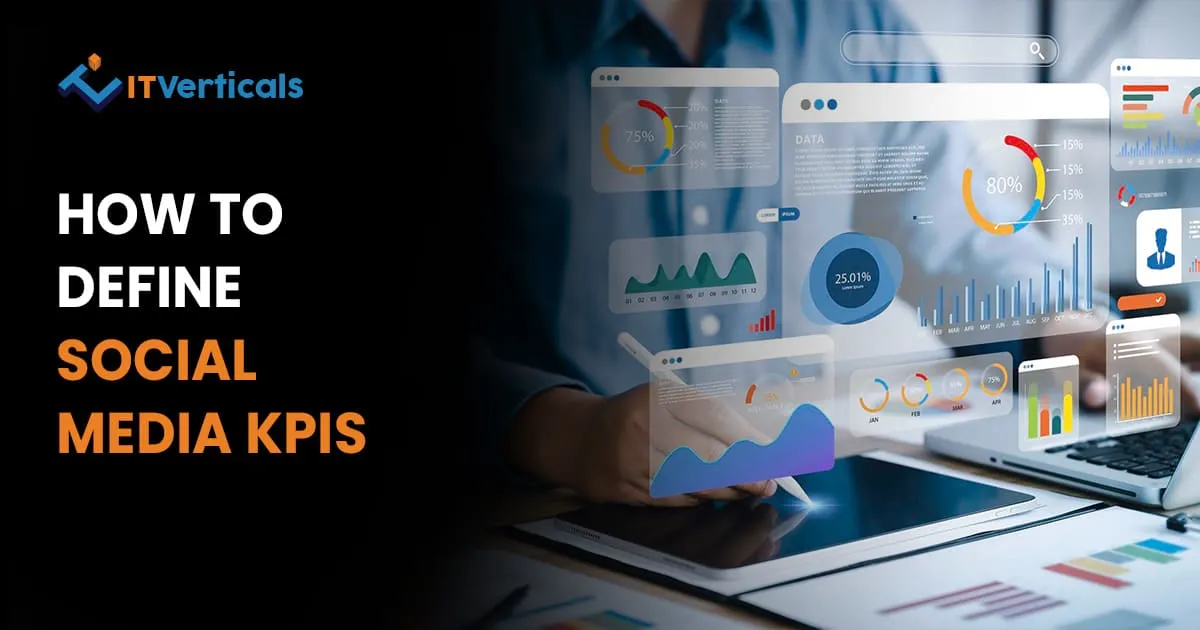

When it comes to digital marketing initiatives, HARO is a great tool for developing links between journalists and sources who are seeking for stories and interviews. By asking questions on the platform, journalists will be able to swiftly find expert information. Then, in response to the question, sources can offer references, data, or other pertinent details that might be included in an article. Of course, there are other link-building tools available, like:
- Qwoted
- Terkel
- Assist a B2B Writer


